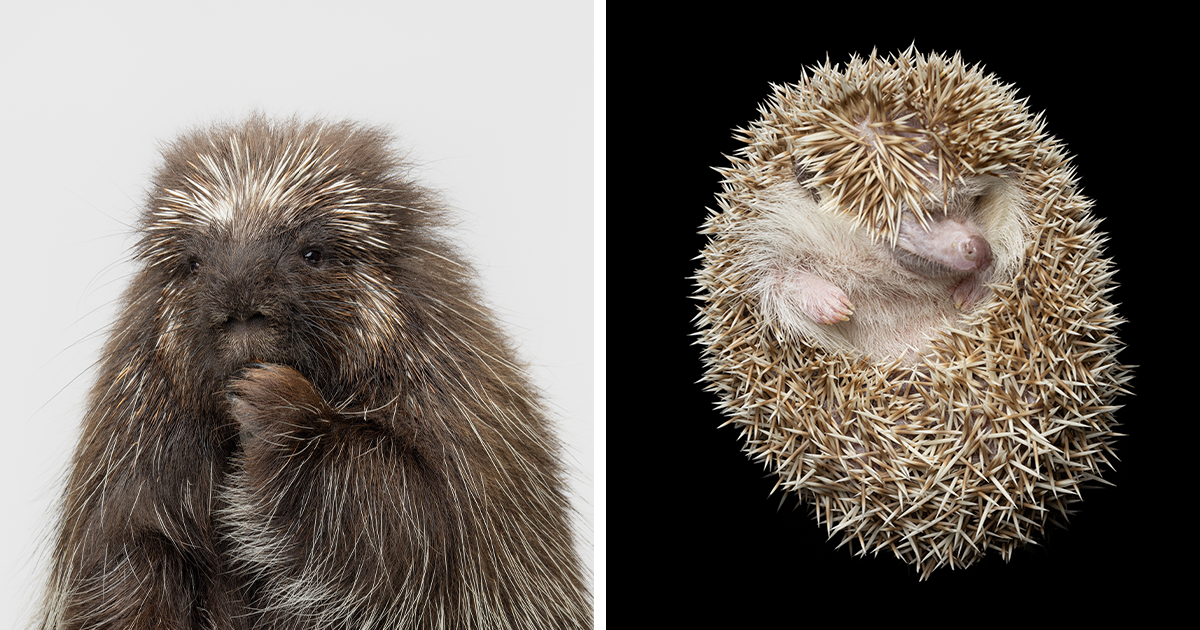
30 Times This Photographer Captured Rare Animals Up Close, And Their Expressions Are Unforgettable
Some photographers capture beauty and timing. Greg Murray, an award-winning photographer known for his intimate animal portraits, captures something more: personality. His close-up shots of rare and unusual creatures reveal emotions we rarely associate with wildlife. A skeptical glance, a sleepy smile, a moment of pure curiosity. Each face feels like a character with a story.
Murray has traveled to sanctuaries, conservation centers, and remote habitats to document species that are rarely seen so intimately. His portraits highlight not only the uniqueness of each animal, but also the charm, humor, and vulnerability that make them unforgettable.
More info: Instagram | gmurrayphoto.com | Facebook
#1

Image source: thegregmurray
“‘Oh, hey there.’ Meet Jolene of Whispering Acres Farm in Medina! Give them a visit! Besides monetary donations, they’re always looking for volunteers.”
#2
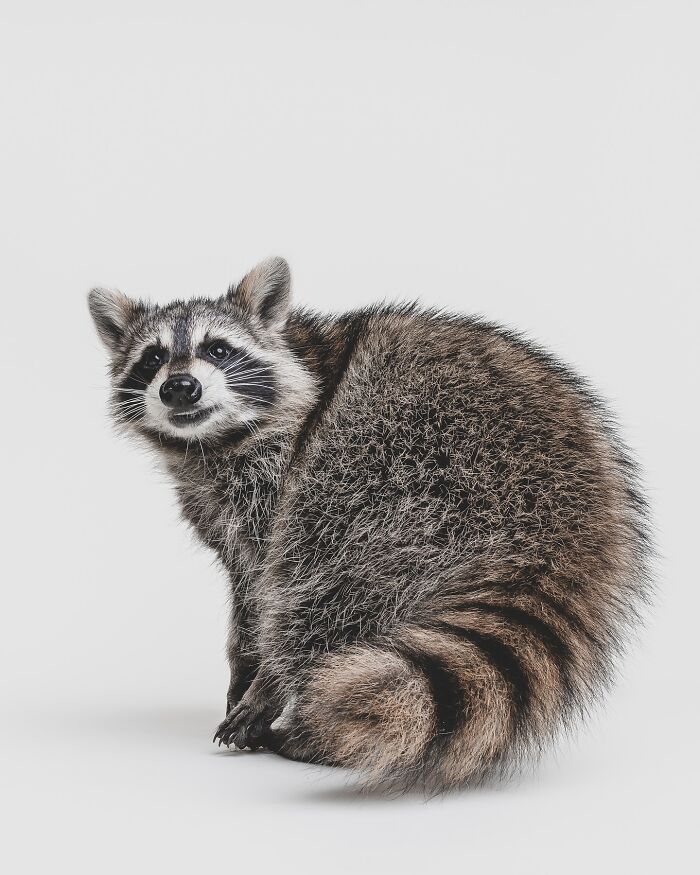
Image source: thegregmurray
“Meet two rescued raccoons whom I recently visited for their close-up! These curious little bandits may have a reputation for raiding trash cans, but they’re also incredibly intelligent, social, and downright adorable when they pose for the camera.
Here are 5 fun facts about raccoons:
1. Raccoons can rotate their back feet 180°, which helps them climb down trees headfirst.
2. They have incredibly sensitive front paws — they can identify objects in the dark just by touch.
3. The word “raccoon” comes from the Powhatan word aroughcun, meaning “he scratches with his hands.”
4. They make over 50 different vocal sounds — from purrs to growls to chirps.
5. Their famous “mask” isn’t just cute — it actually helps reduce glare and improve night vision.
Rescue animals come in all shapes, sizes, and stripes — and these two prove that every creature deserves love, care, and a second chance.”
#3

Image source: thegregmurray
“Casey, the 15-year-old Love Bird! Check out those dance moves.”
#4
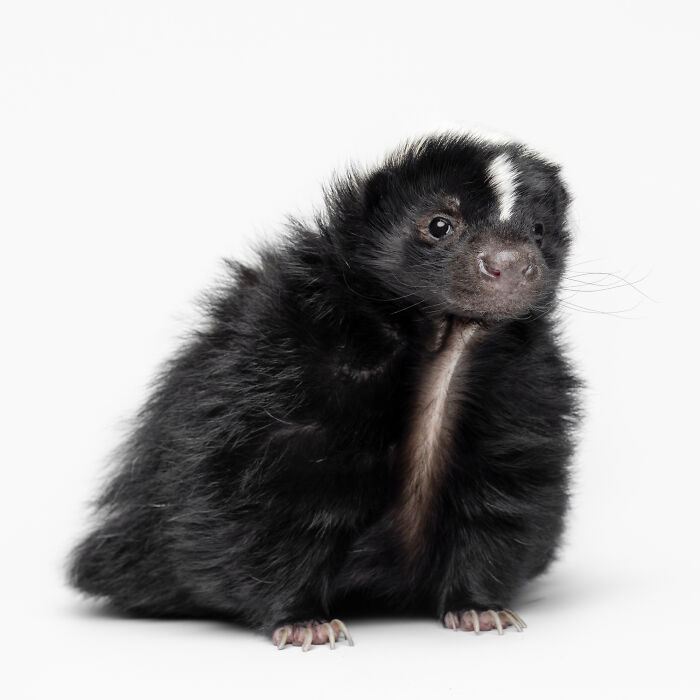
Image source: thegregmurray
“During my recent visit to the Cleveland Museum of Natural History, I got to spend time with some of their skunks! Here are 6 fun facts about these mammals in the Mephitidae family:
1. A SKUNK ONCE SPRAYED OUR TWO DOGS, LEO AND KENSIE
It was not fun for the dogs or us….
2. SKUNKS ARE NAMED AFTER THEIR SMELL
The scientific family name for skunks is Mephitidae. Skunks and stink badgers are a part of this wildlife group, and every animal in it has one thing in common. They all have anal glands that can spray a noxious liquid as a form of defense.
3. THE STRIPES ON A SKUNK’S BACK POINT TO ITS SPRAYER
Animal coloration often serves a purpose. The color may serve as camouflage. It may make one sex more appealing to another. It can help distinguish the young from the mature. It can mimic the coloration of a dangerous animal, tricking would-be predators into thinking they need to steer clear.
4. SKUNK SPRAY EVOLVED BECAUSE THEY ARE NOCTURNAL
Skunks are solitary critters with poor eyesight. They also don’t move very fast. These characteristics make them vulnerable to nocturnal predators such as large cats and birds of prey. It turns out that spraying a potent, hard-to-remove, and temporarily debilitating spray is a pretty good defense for an animal with few other options.
5. SKUNKS CAN SPRAY UP TO 15 FEET
When a skunk takes aim, you may think its target has to be in close quarters, but that isn’t the case. Those anal glands can reach up to 15 feet. When the threat is within 12 feet, the stink-wielding creature is entirely accurate with its aim.
6. SKUNK SPRAY CAN BE DANGEROUS
The stink in the spray is from the chemical compounds made primarily from sulfur. If the spray gets in the eyes, it can cause irritation, itching, and burning. It may also lead to temporary blindness, giving the skunk a head start in making its getaway.”
#5
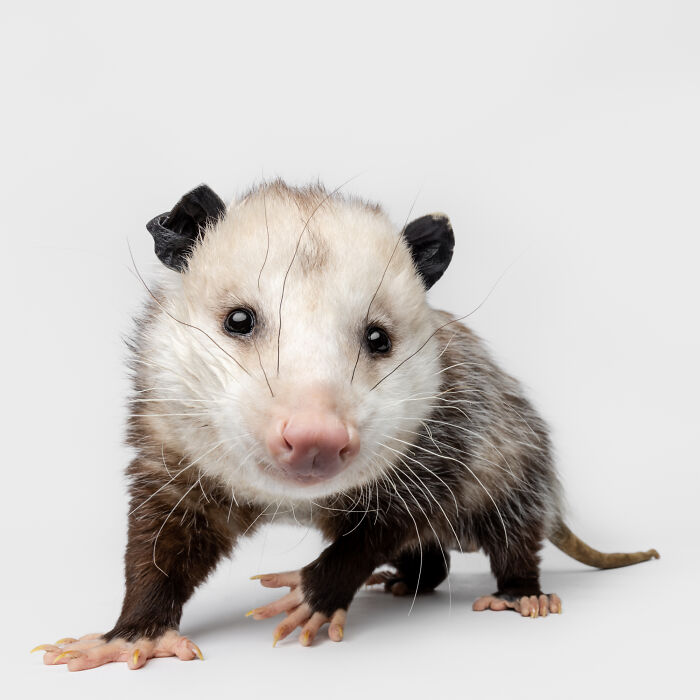
Image source: thegregmurray
“Can we talk about how amazing and misunderstood Opossums are? Here are some fun facts! And thanks to these 2 for hanging with me at the Cleveland Museum of Natural History recently!
1. Opossums have been around a long time. Opossums roamed the same land as dinosaurs over 70 million years ago. While dinosaurs are now extinct, there are more than 60 species of opossums. They are clearly natural survivors that can last anywhere they decide to nest, including your home.
2. Opossums have naturally high levels of immunity. Opossums are more resistant to contracting diseases like rabies than any other mammal. They are also partially or entirely immune to snake venom, thanks to the serum protein in their blood that neutralizes it.
3. Opossums are nicknamed “nature’s little sanitation engineers.” Opossums are opportunistic omnivores with a diet consisting of insects, snails, slugs, birds, frogs, rodents, eggs, fruits, plants, grains, and carrion. They also feed on human and pet food, and whatever scraps they can find in garbage cans or compost piles. They have an extremely high need for calcium, which provokes them to eat the skeletons of the dead animals they consume. Their eating habits can result in scattered trash and destroyed gardens if you don’t quickly address their presence.
4. Opossums are marsupials, not rodents. Though many people refer to opossums as large rats, they are actually marsupials (pouched mammals), like kangaroos and koalas.
5. Opossums are America’s only native marsupial. In fact, the Virginia opossum (Didelphis virginiana) is the only marsupial in all of North America.
6. Opossums provide pest control. While you don’t want an opossum eating fruit and vegetables growing in your garden, they are great for cleaning up rotten fruit from the ground as well as feasting on pesky snails, slugs, cockroaches, and beetles.
7. There is a reason why they call it ‘playing possum.’ When threatened, opossums pretend they are dead by rolling over, closing their eyes, becoming stiff, and forming a foul-smelling fluid from their glands.”
#6
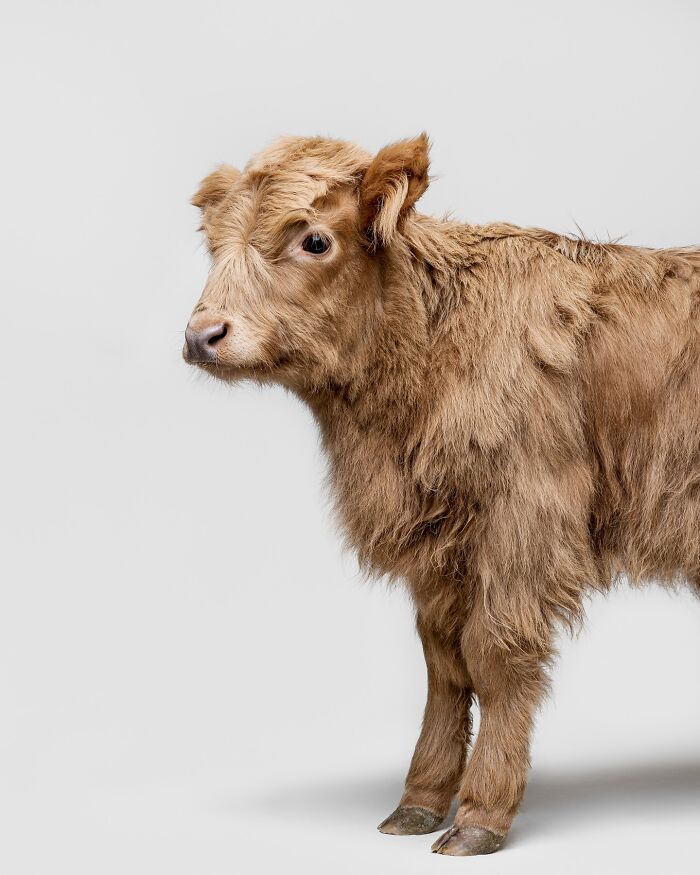
Image source: thegregmurray
#7

Image source: thegregmurray
“I almost forgot to post photos of Murray aka ‘Buckeye Chuck’ here in Cleveland!
Did you know? Groundhog Day originated in Pennsylvania in the 18th and 19th centuries. It comes from a Pennsylvania Dutch superstition that a groundhog’s shadow on February 2nd predicts how long winter will last.
The first official Groundhog Day celebration was held in Punxsutawney, Pennsylvania, on February 2nd, 1887.
The celebration was started by Clymer Freas, a newspaper editor who convinced a group of local groundhog hunters to find Phil, the weather-predicting groundhog.”
#8
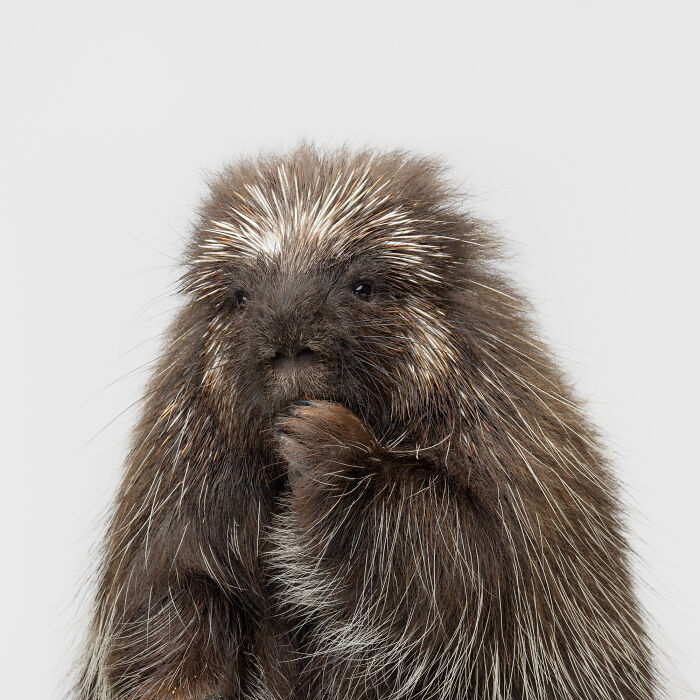
Image source: thegregmurray
“Some of you may recognize this guy! Lance the porcupine is a resident of the Cleveland Museum of Natural History and can be found outdoors at the Perkins Wildlife Center. If you see him, tell him Greg said hi!”
#9
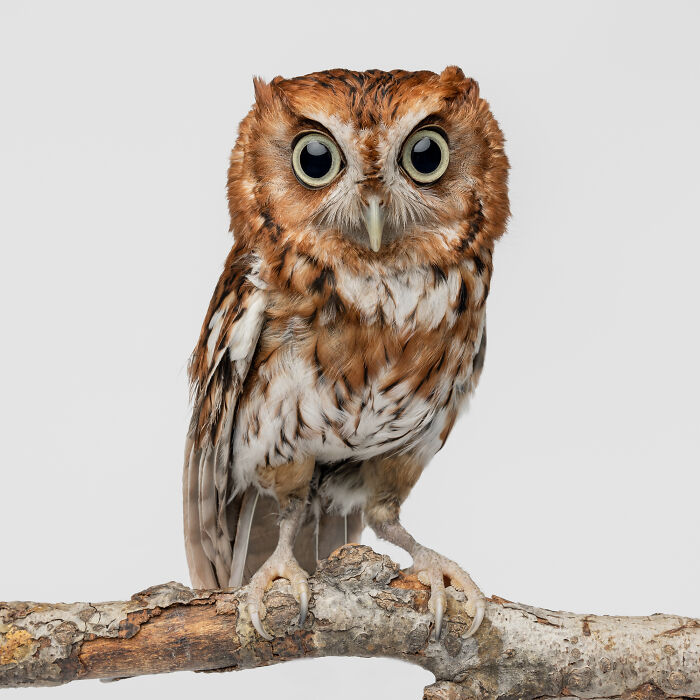
Image source: thegregmurray
“Photography bucket list item checked off! Meet Professor, the Eastern Screech Owl of the Cleveland Museum of Natural History here in Cleveland, Ohio. If you haven’t been here lately, you’re missing out!
‘Screech Owls are highly nocturnal, and therefore are rarely seen hunting and feeding. How soon after dark individuals begin to hunt depends on weather and food abundance; males tend to begin hunting earlier than females.
The owls swoop down from their perch to capture their prey; they rarely hover while hunting. Screech Owls have been known to cache uneaten prey items in tree cavities.
Screech Owls do not migrate; they maintain home ranges throughout the winter. During severe weather, owls may move off their home range to search for food.
These owls are primarily solitary except during the breeding season. Pairs occasionally roost together during the winter in hollow trees, nest boxes, and trees with dense foliage.
Eastern Screech Owls have also been called the Common Screech Owl, Ghost Owl, Dusk Owl, Little-eared Owl, Spirit Owl, Little Dukelet, Texas Screech-Owl, Whickering Owl, Little Grey Owl, Mottled Owl, Red Owl, Mouse Owl, Cat Owl, Shivering Owl, and Little Horned Owl.
The Eastern Screech Owl flies fairly rapidly with a steady wingbeat (about 5 strokes/second). They rarely glide but may fly with erratic movements when maneuvering through wooded areas. Their wings are broad, and the head is held tucked in, giving the bird a stubby appearance when flying.
When threatened, an Eastern Screech Owl will stretch its body and tighten its feathers in order to look like a branch snag to avoid detection, but will take flight when it knows it has been detected.’
– Chattahoochee Nature Center”
#10
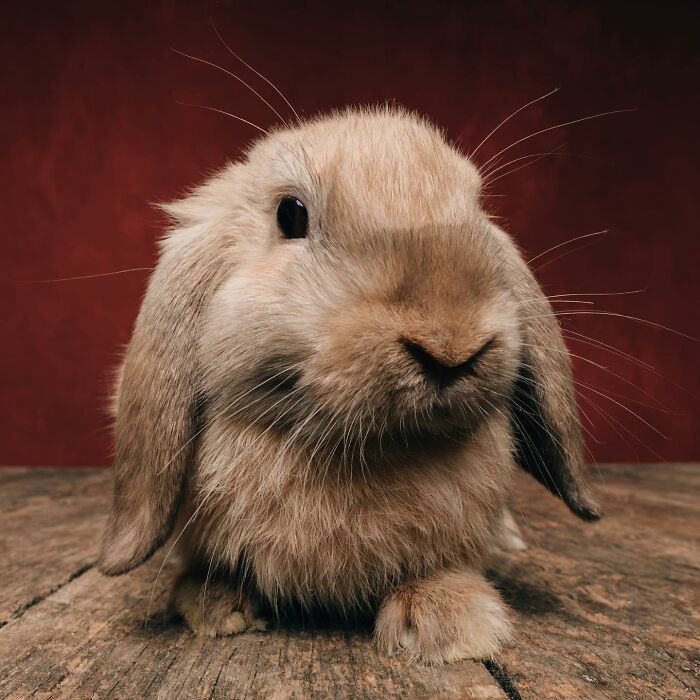
Image source: thegregmurray
“Had the pleasure of photographing Mango, the rescued bunny, last week! How can you not smile at that face?”
#11
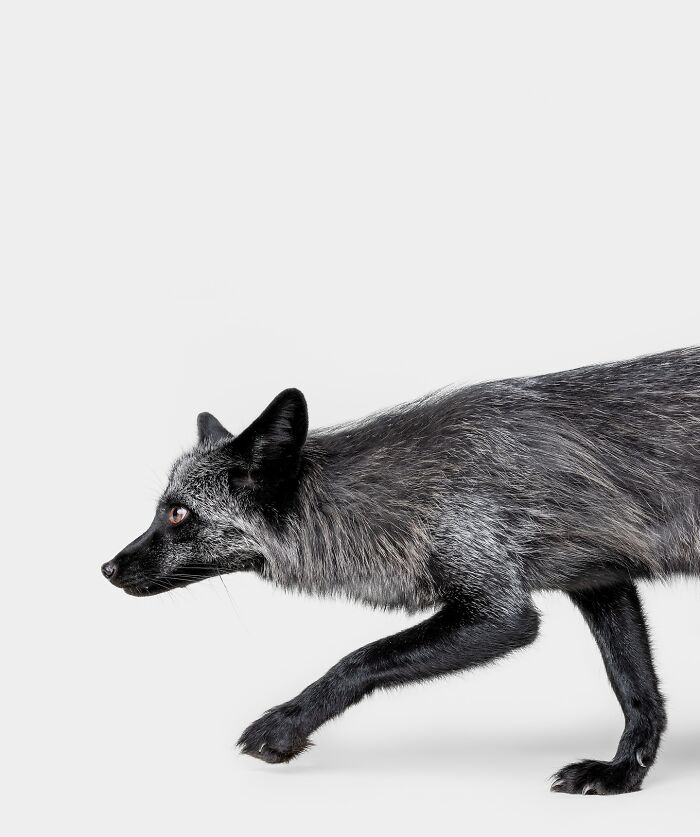
Image source: thegregmurray
“Gypsy, the rescue fox of Fox Tale Sanctuary.”
#12
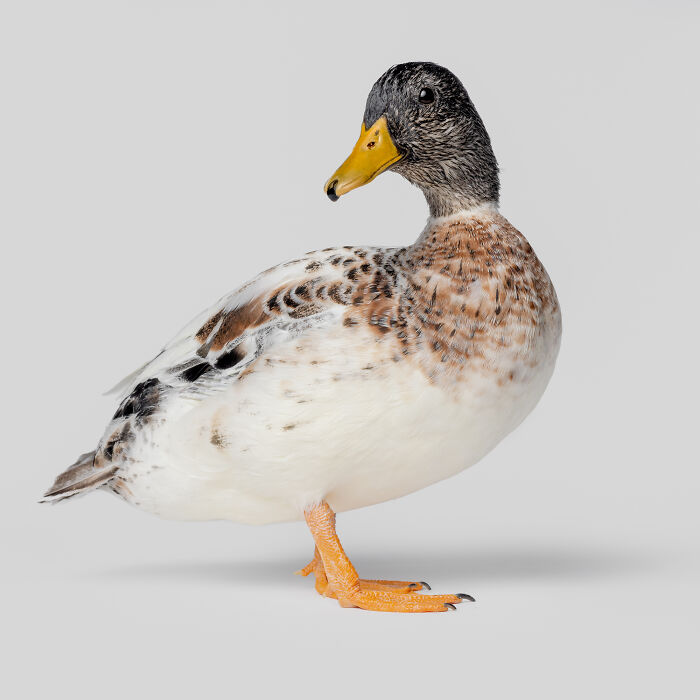
Image source: thegregmurray
“Why are ducks great detectives? Because they always quack the case….I quack myself up sometimes. Olive.”
#13

Image source: thegregmurray
“Meet the tiniest rescued marsupial studio guest I’ve ever had—an 8-week-old rescued opossum. This little one stole the spotlight during their portrait session and will be making their art world debut as part of my installation in The Animal Show at River Gallery in Rocky River.”
#14
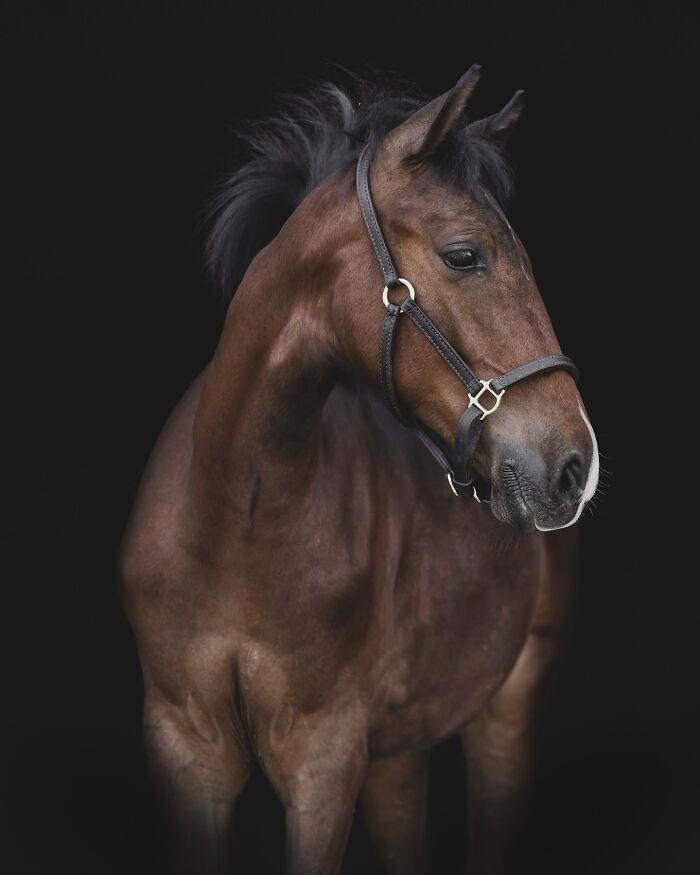
Image source: thegregmurray
“Photographing Penelope reminded me why I love equine photography—the grace, strength, and deep connection between horses and their humans is unlike anything else.
While most of my work is with pets in the studio, I also photograph horses on farms and stables across Northeast Ohio.”
#15
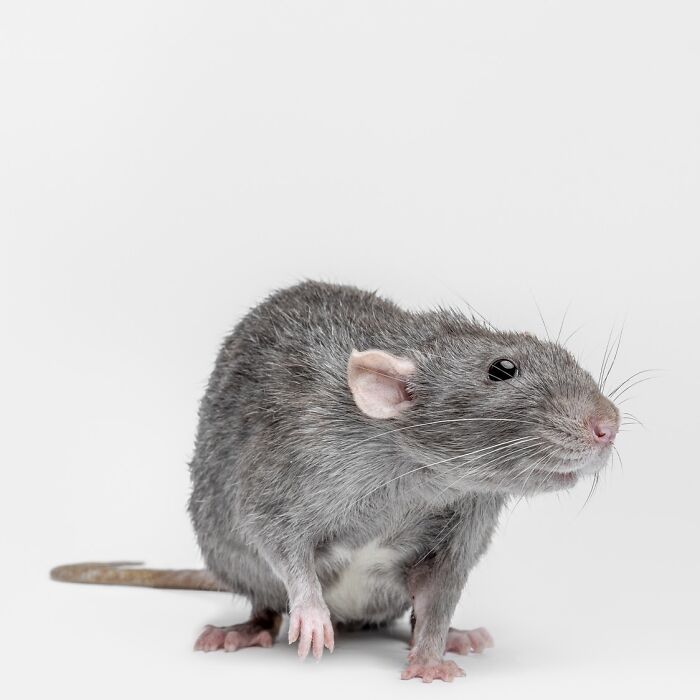
Image source: thegregmurray
“Heathcliff is available for adoption at Rescue Village! He’s so friendly! Great pet for a high school student.”
#16
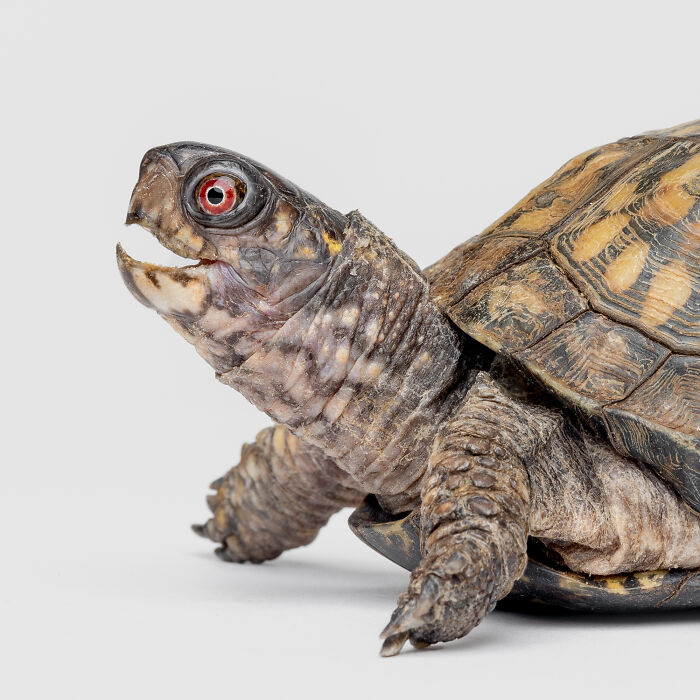
Image source: thegregmurray
“Here are some of my good friends from the Cleveland Museum of Natural History.”
#17
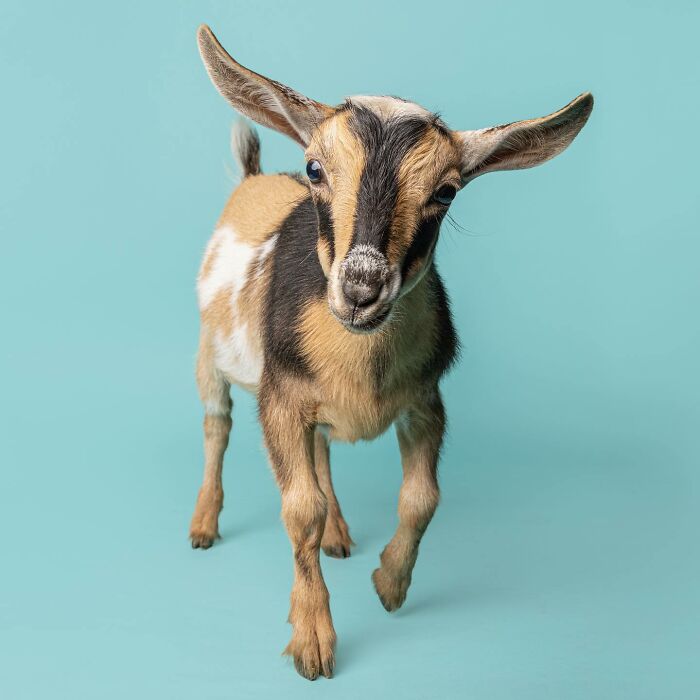
Image source: thegregmurray
“Today was one of those days when I wanted to take all the animals home with me! Meet One, Guns and Roses, the Nigerian Dwarf Goats!
As much as I love photographing dogs, it’s always fun to photograph other animals, especially baby goats!”
#18
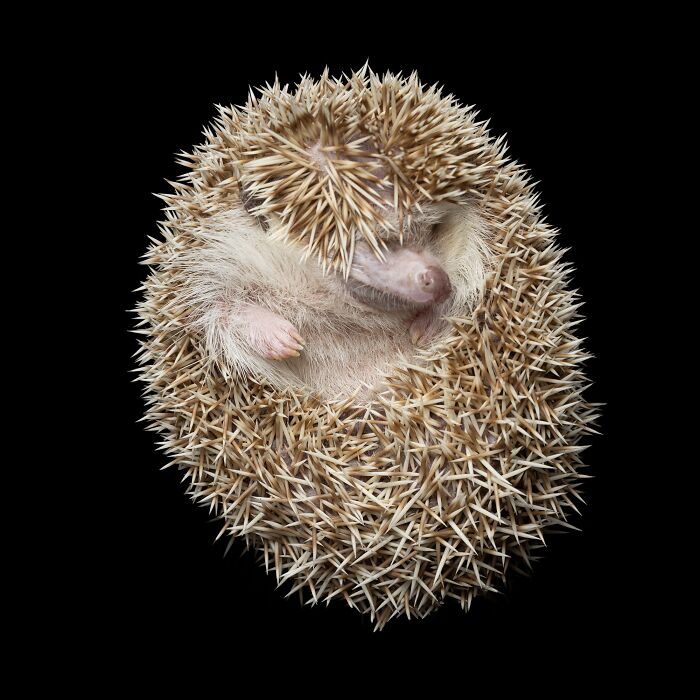
Image source: thegregmurray
“Ever wonder what a balled up hedgehog looks like from below?”
#19
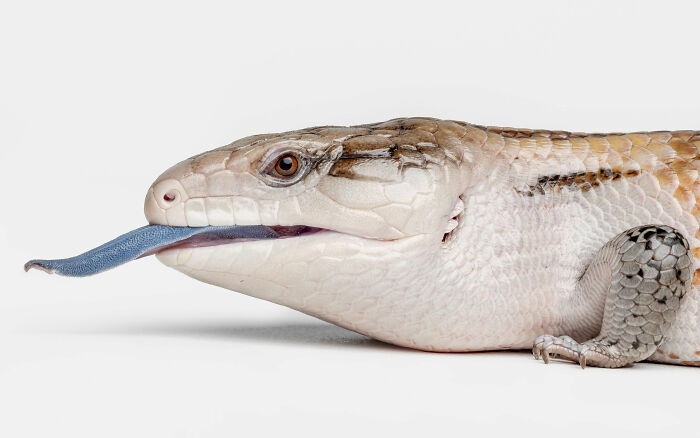
Image source: thegregmurray
“Beautiful Blue Tongued Skink!
Did you know? Common Blue-tongued Lizards (‘Blue-tongues’) are named after their bright blue fleshy tongue, which contrasts with their pink mouths. They use their tongue as a defence tool to scare off predators. When Blue-tongues feel threatened, they stick out their tongue to frighten predators.”
#20
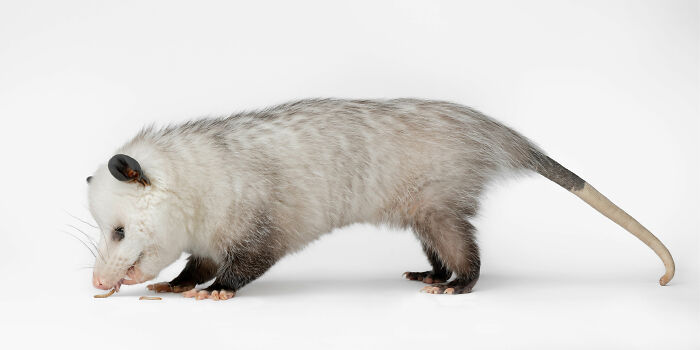
Image source: thegregmurray
“The opossum is a scavenger and an omnivore who feeds mainly at night. It uses its strong sense of smell to find food. Their diet consists mainly of insects, worms, dead animals, reptiles, amphibians, birds and their eggs, crustaceans, berries, fruits, and small mammals.”
#21
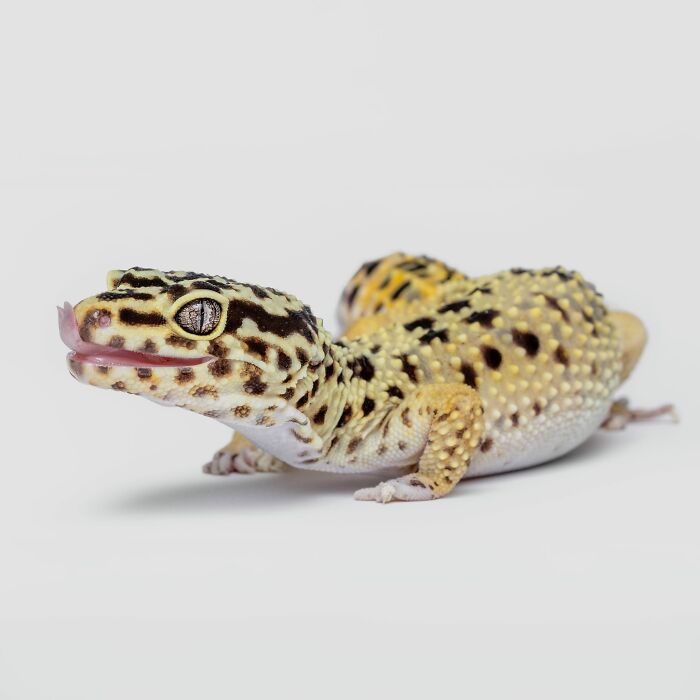
Image source: thegregmurray
“Sullivan the Gecko is a natural model.”
#22
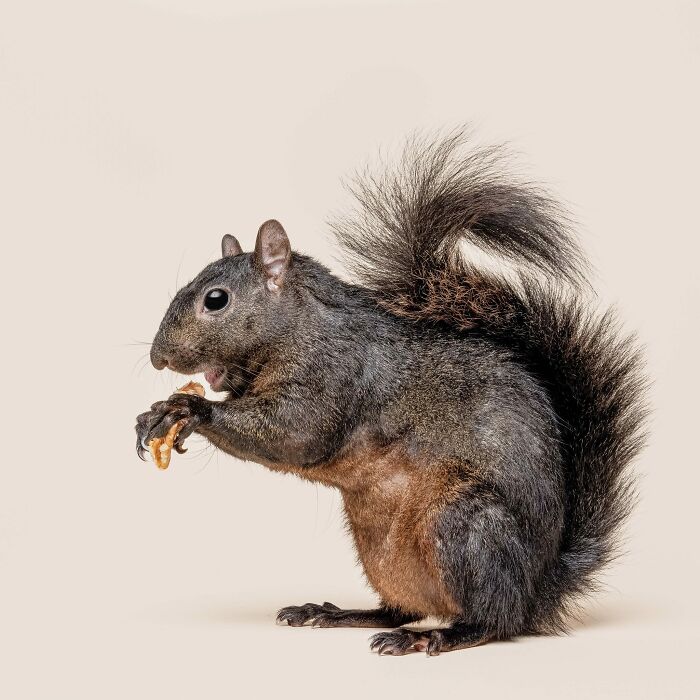
Image source: thegregmurray
“If you told me 14 years ago when I got into photography that I’d one day have my own studio and be photographing a rescue squirrel in it, I probably would have laughed.”
#23
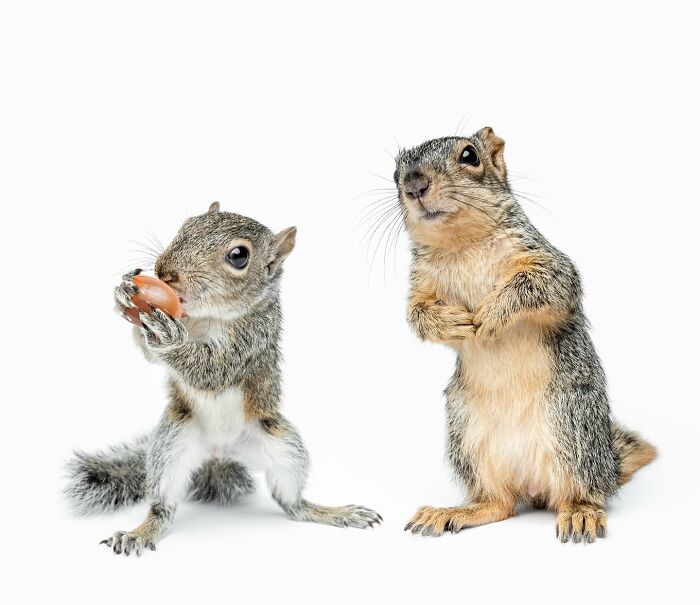
Image source: thegregmurray
“During my 11-year career as a full-time animal photographer, I’ve photographed 5 rescue squirrels. It’s a really fun and hectic experience! Food is about the only thing that will keep them still. They often run up my clothes and do circles around my waist. The squirrels I’ve worked with have always been very friendly and already had at least a few weeks of experience with people.”
#24
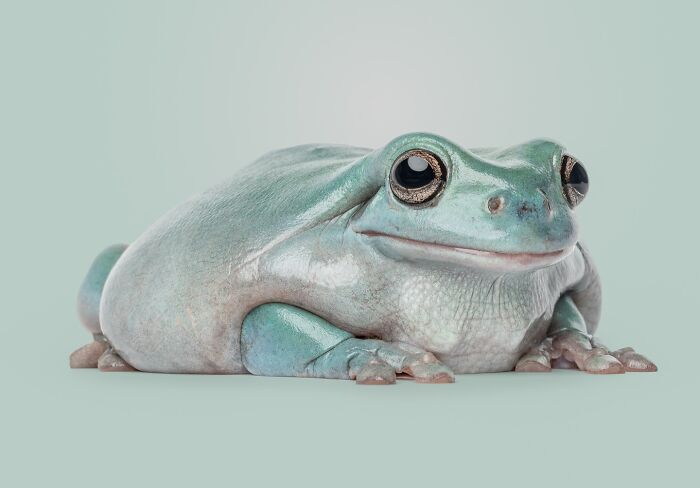
Image source: thegregmurray
“Say hello to Kenny Froggins—the smoothest tree frog to ever strike a pose in my studio!
Did you know tree frogs have special toe pads that let them cling to just about anything?
White’s Tree Frogs secrete a waxy substance that they spread over their skin to prevent drying out, which helps them survive in drier environments.
These frogs are famously calm, making them one of the most popular pet frog species due to their docile and gentle nature.
White’s Tree Frogs are most active at night when they hunt insects and explore their environment. With proper care, they can be long-lived companions, often reaching 15–20 years.”
#25
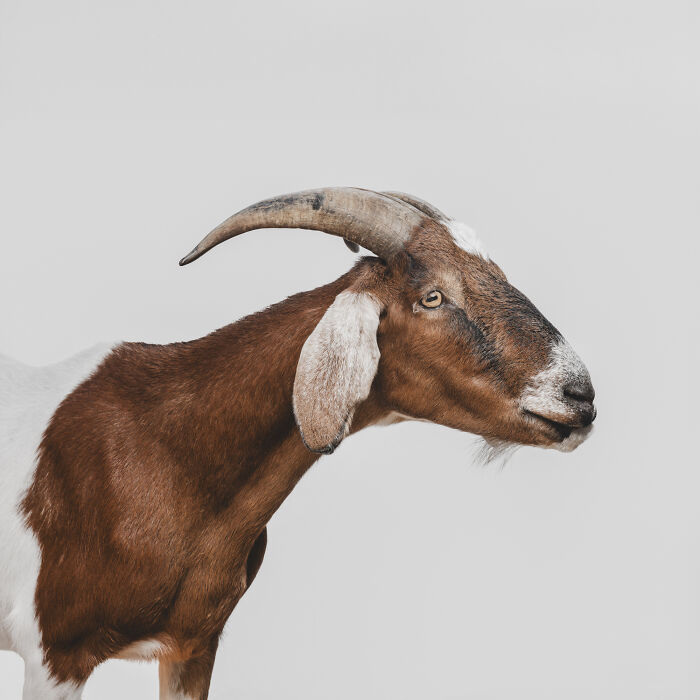
Image source: thegregmurray
“Meet my buddy Harold the goat! He’s living the good life over at Whispering Acres Farm.”
#26

Image source: thegregmurray
“Jelly Bean, the rescued hedgehog!”
#27
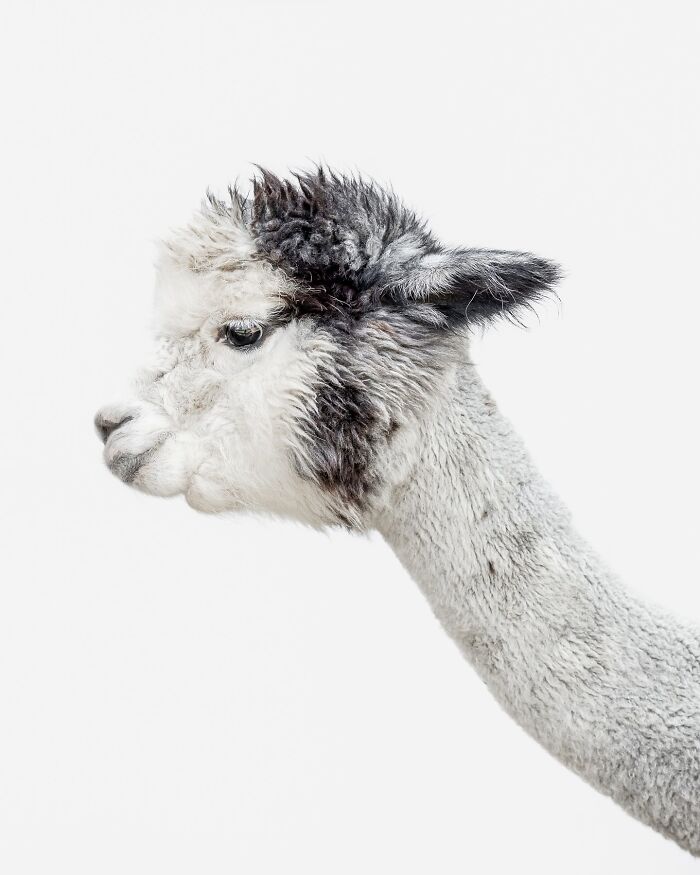
Image source: thegregmurray
“A day on the farm never disappoints.
From the shaggy charm of a Highland cow to the curious gaze of an alpaca, the gentle beauty of a horse, and the busy chatter of chickens—every corner was full of life. It’s definitely one of our happy places.
Here’s to the animals, the land, and the peaceful moments that make farm life so special.”
#28
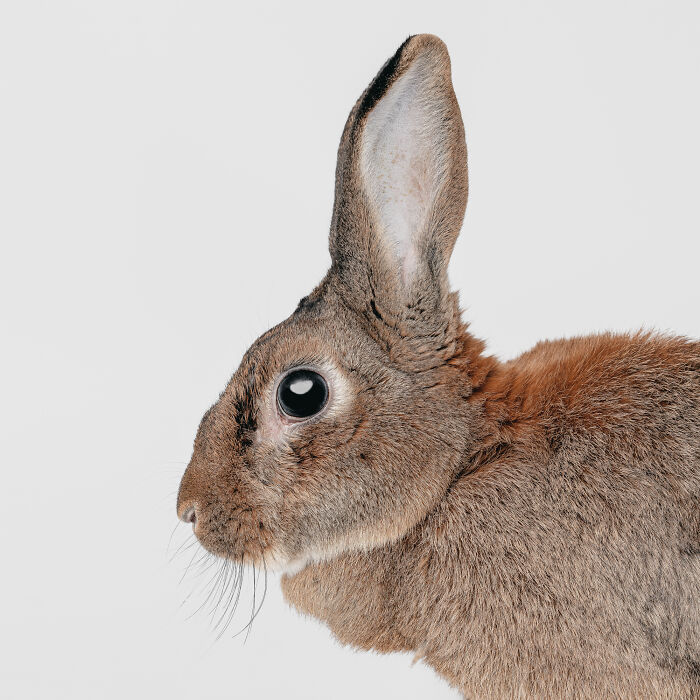
Image source: thegregmurray
“PSA from Fanny the rescue rabbit!
If you or someone you know is planning on giving the gift of a rabbit, please rethink it. It is estimated that over 80% of rabbits purchased as gifts for Easter are taken to shelters or released into the wild. DO YOUR RESEARCH just as you should before bringing any pet home.
Rabbits are not easy to take care of. They often require more work than a cat. While the list below doesn’t describe every rabbit, it does account for a majority of them.
Rabbits like to chew on things
Rabbits don’t like to be held
Rabbits need a lot of space
Rabbits need a lot of attention
Rabbits have a complicated diet
Rabbit vet care can be expensive
Rabbits are fragile
Rabbits shed a lot
(list from the bunnylady.com)”
#29
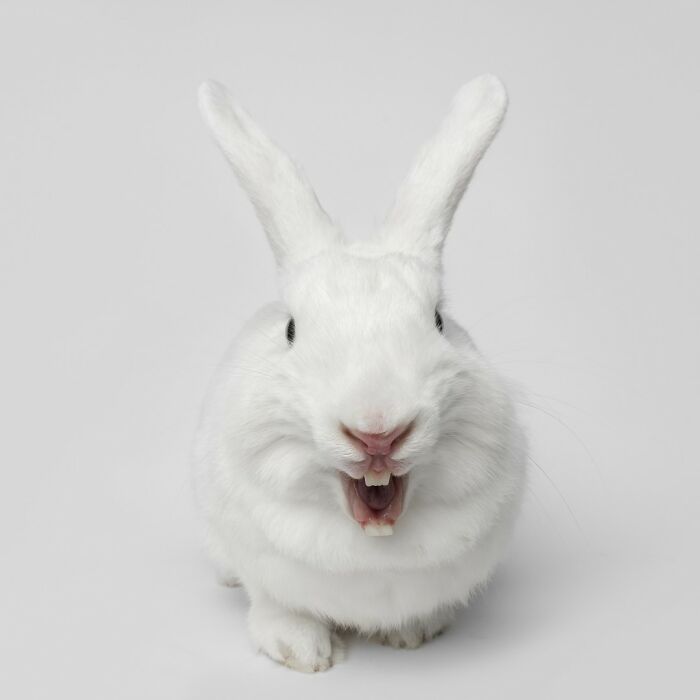
Image source: thegregmurray
“If you’re looking to adopt a rescue rabbit, look no further than Binky! She can be found at the Animal Welfare League in Trumbull, near Warren, Ohio. Visit www.awlrescueme.com for more info.”
#30
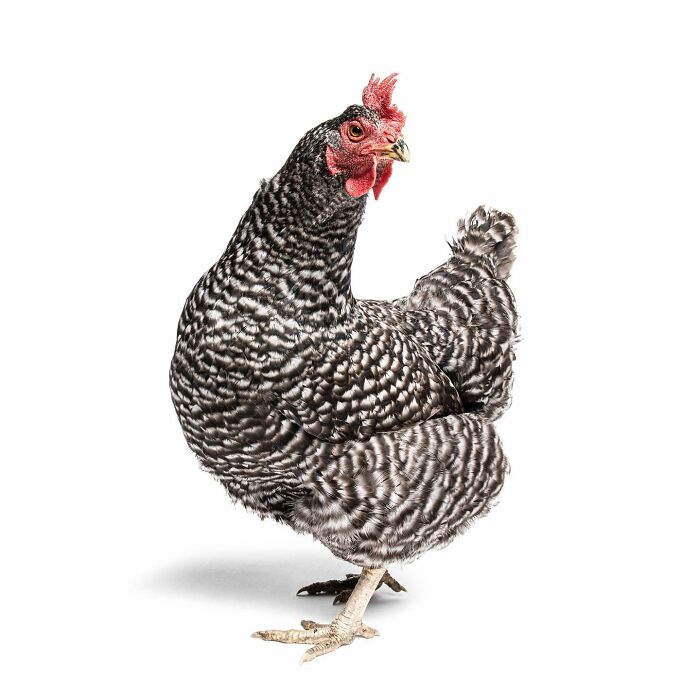
Image source: thegregmurray
“Meet Donna! She’s a Barred Plymouth Rock chicken.
I recently photographed a dog named Snoop, and his human said he had a bunch of chickens. So, of course, I asked him to bring some in for me to photograph. It was so fun! I thought they’d leave the studio a mess, but they were amazing models and did such a great job in front of the camera.”


















Got wisdom to pour?